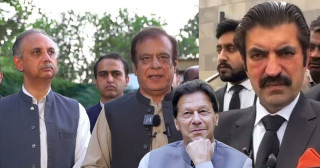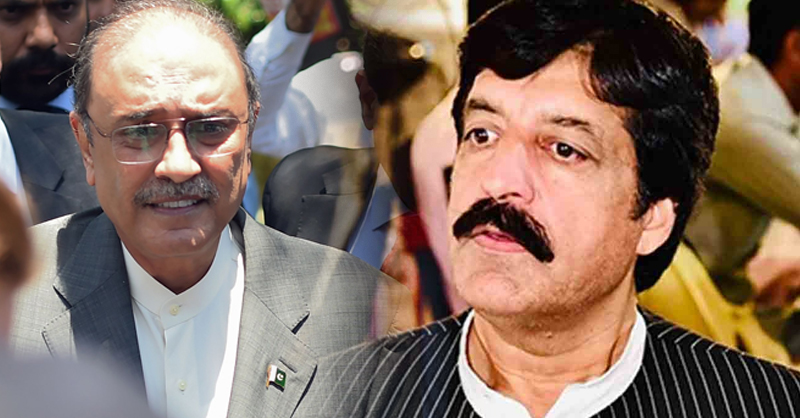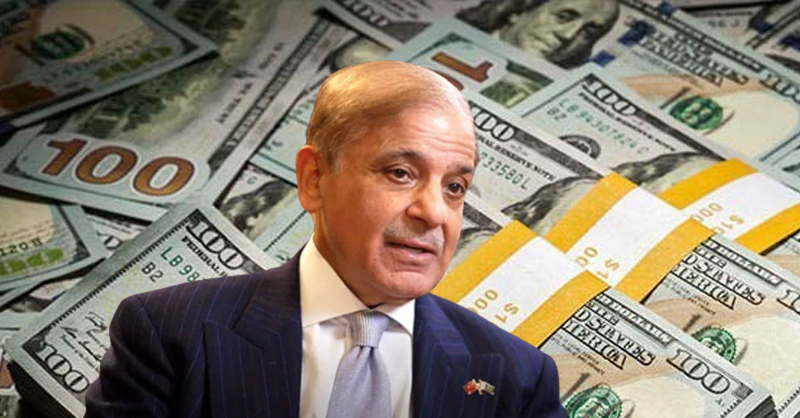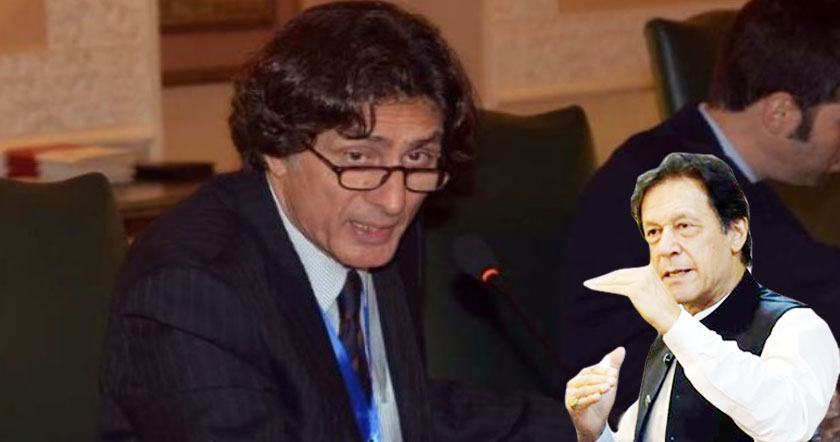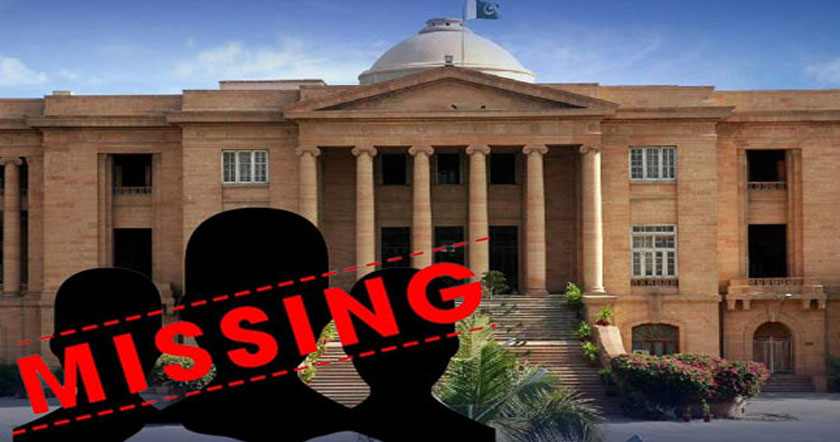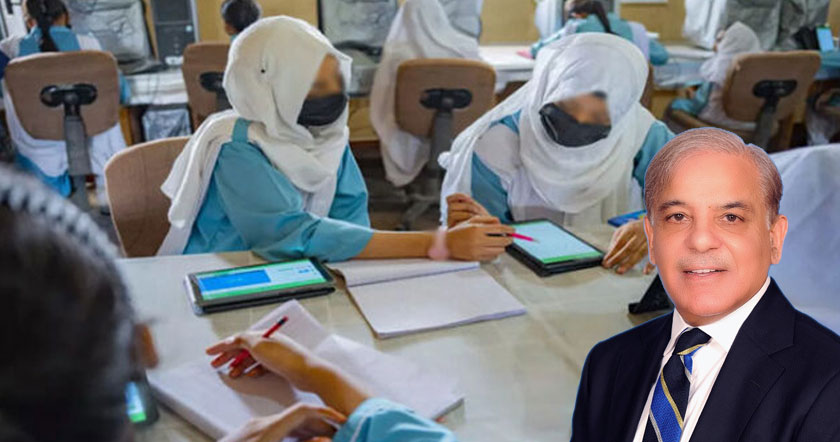SOLUTION TO PAKISTANS ENERGY CRISIS
PTIs One of the Priority
For Pakistan to excel and develop a sustainable economic growth, energy self reliance is a vital, key element. The abundance of power shortages in Pakistan is harmful to the countrys economy and it is pulling down Pakistans GDP growth. Electricity consumption has increased over the years but past governments have failed to plan for the future. As a result, Pakistan now demands an even larger supply of electricity. According to World Bank, Pakistan Peak demand is more than 14,000 MW while the total capacity is 19,500 MV which is not sufficient due to variation in water availability. Moreover, the demand is growing at rate of 7-8 5 per year and is expected to reach 447,000 by year 2020.Most of Pakistans energy demand is being met with either Hydro power or thermal units, which means that Pakistan is spending a very large amount of foreign exchange to purchase the furnace. The gas reserves have already started to deplete and the oil markets are sky rocketing. WAPDA is losing Rs 52 billion per annum by purchasing fuel at the rate of Rs 35,000 per ton and supplying it to the IPP's at the rate of Rs 5,000 per ton under a forced agreement. There is over 40 percent dependence on gas, while 30 percent of all our power is acquired through oil. Around 70 percent of oil is imported which is around 90 million bbl/ month. The funds spent on the import of power generators and their fuel is an enormous burden on the economy.The energy crisis in Pakistan started in 2007 and in 2008 and took a serious turn during 2009-2010. The energy supply and per capita availability of energy witnessed a decline of 0.64 percent and 3.09 percent respectively in comparison to previous year.Despite the current situation, following are certain measures that we believe, if effectively implemented, can solve the energy crisis:To begin with, firstly Pakistan needs to focus on Hydel Energy and setting up dams and Run of River projects. The difference between run-of-river and traditional hydro power generation is that a run-of-river project does not require a large reservoir and the projects tend to be on a smaller scale. Run-of-river projects also need to be built on a river with a consistent and steady flow (mostly natural). The Indus River System alone has a Hydel power potential of 35,000 MWs. Water flowing from Tarbela Dam can be easily stored by building a dam at Kalabagh. The bottom-line is that Pakistan is not utilizing its hydel power potential.Secondly, Pakistan has huge potential to develop wind power. In fact, the wind corridor in the coastal area of Sindh alone has the capacity to generate 50,000 MW. This is proved to be true by the wind energy map for Pakistan provided by United States which confirms a strong wind corridor in Sindh coastal area. It would be beneficial for the government to encourage and assist in local manufacturing of Wind Turbine technology.Thirdly, In the Thar area, Pakistan has the 7th largest coal reserve in the world and yet Pakistan only produces 0.2% of its electricity from coal. Coal is one of the cheapest ways to produce electricity; globally, the share of coal in power generation is 38 percent, compared to 0.2 percent in Pakistan. In face, countries like Australia and China produce 77%/80% of their electricity from coal. Pakistan could generate 10,000 MW from coal alone. Pakistan must acquire the technology and we are of view that Pakistan should provide incentives and opportunities to international companies with know how to establish boilers, turbines and other manufacturing facilities which can burn low quality coal that is available in the Sindh Province.Cambridge Energy Research Associates estimates the Net Present Value of savings by use of coal can translate into Rs. 3.2 Trillion over a period of 60 years. Studies show that the deposits are enough to meet the energy requirements of Pakistan for at least the next 200 years According to the research conducted by EMR in collaboration with Petroleum Institute of Pakistan, the contribution to GDP in plants, products, services, employment, etc. would be in the range of $200 $300 billion, Economy Watch in a statement said that these reserves of coal worth USD 25 trillion can not only cater the electricity requirements of the country for next 100 years but also save almost four billion dollars in staggering oil import bill.In conclusion, only 2% usage of Thar Coal can produce 20,000 mega watts of electricity for the next forty years while managing to avoid a single second of load-shedding.Fourthly, (India-Pakistan-Iran) and TAPI (Turkmenistan-Afghanistan-Pakistan -India) gas pipelines Projects. Both these Projects should be implemented right away. The TAPI gas pipeline project would begin from the Dauletabad gas field (Turkmenistan) and would run through Herat, Kandhar (Afghanistan), Quetta, Multan (Pakistan) and the final destination of the pipeline would be the Indian town of Fazilka, located near the border of India and Pakistan.IPI (India-Pakistan-Iran) the 2,775-kilometre (1,724 mi) pipeline will be supplied from the South Pars Field. It will start from Asalouyeh and stretch over 1,100 kilometers (680 mi) through Iran. In Pakistan, it will pass through Baluchistan and Sindh. In Khuzdar, a branch would spur-off to Karachi, while the main pipeline will continue towards Multan. From Multan, the pipeline may be expanded to Delhi. Iran completed construction of 1,000 kilometers of the pipeline out of the 1,100 kilometers portion on Iranian soil. Now, Pakistan needs to complete its portion of work as soon as possible. Delay in taking an initiative is all due to political pressure from western countries but it is in Pakistan Interest to implement this project.Besides this, Pakistan should consider importing 1,000 MW from Tajikistan and the Kyrgyz Republic in the first phase and then increase such imports to 4,000 MW in the second phase as recommended by the World Bank. According to the World Bank the cost of supply from Sangtuda, Rogun, Talimardjan and Kambarata power stations in the CARs would range between 3.5 cents to 4 cents per unit. Currently, Pakistan is entering into contracts with independent power producers (IPPS) for thermal power generation at a tariff as high as 14 cents per unit.Also, the current Pakistani government agencies include the Water and Power Ministry, Oil and Gas Ministry, OGRA, AEDB, NEPRA, PPIB, WAPDA, NTDC, SHYDO. To implement and coordinate all projects, it is suggested that one cohesive energy Ministry be made responsible for all energy issues in order to create more unity.Moreover, Pakistan also needs to explore indigenous local resources to overcome this energy crisis. Furnace oil plants are best suited in Karachi where the port and refinery facilities are available. Gas plants need to be installed in Baluchistan and Sindh where such natural resources are available. In Khyber Pakhtunkhwa, Pakistan should implement medium, small and micro sized hydro Run of River projects on the Indus and Swat River. Sindh must use its Coal reserves and must utilize its strong wind corridor in the Sindh coastal area for the wind mill projects.Likewise, Energy security (alternate energy solar, wind and biogas based on community cooperative generation and utilization model) needs to be considered as well. Each community needs to be independent of the national grid in utilizing its own energy.Lastly, Nuclear power stations use nuclear fission reaction to generate energy by the reaction of uranium inside a nuclear reactor. Pakistan has a small nuclear power program, with a 425 MW capacity, but there should be plans to increase this capacity substantially.China has offered to expand its Chashama nuclear energy complex in Punjab by building two reactors in addition to the one already operating, and another under completion. It will be supplied by state-owned China National Nuclear Corporation (CNNC) and has offered to build a 1-gigawatt nuclear plant in Pakistan and Pakistan must peruse these projects at fast pace.Pakistans energy infrastructure is not well developed; rather, it is considered to be underdeveloped and poorly managed. Rapid growth in demand, transmission losses due to out-dated infrastructure, power theft, and seasonal reductions in the availability of hydropower have worsened the situation. Consequently, the demand exceeds the supply.We need a government in place who is serious about solving energy problem and focus on these keen issues. With proper planning and decision making with interest of Pakistan in mind and without pressure from local interest groups and outside powers Pakistan can come out of the current energy crisis. If no action is taken now than shortage will be around 20,000 MV in the upcoming years.Dragging Pakistan out from these energy crises will be PTIs Government main concern and one of the first agenda and with all natural resources in hand we are confident that we will be able to overcome energy crisis in the first 2-3 years once our government establishes.PTIs One of the Priority
By Mr. Sheikh Zakir Elahi,
Advisor to Chairman PTI Imran Khan,
Political and Planning affairs,
Pakistan Tehreek-e-Insaf.
Contact: [email protected]





